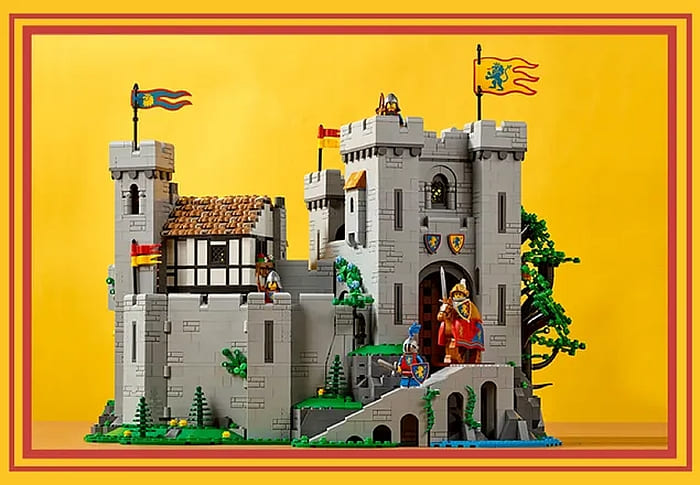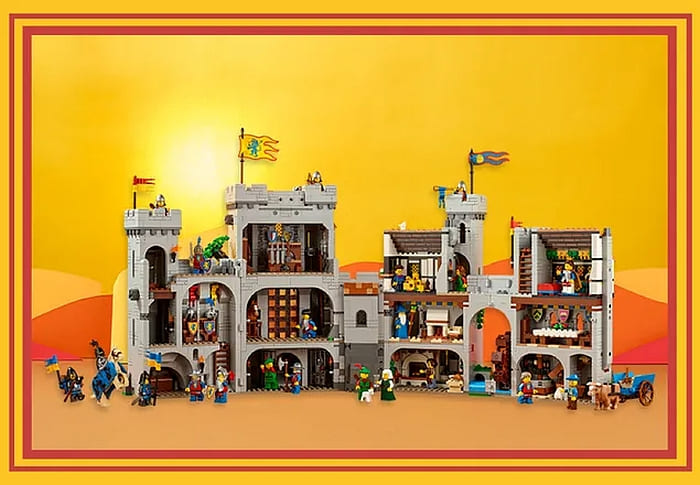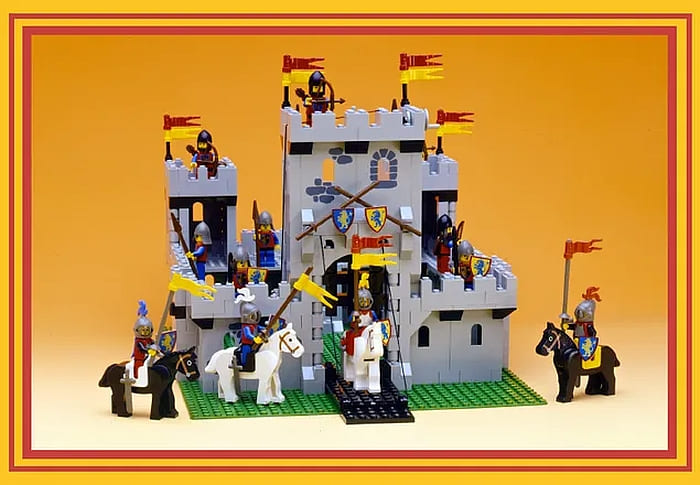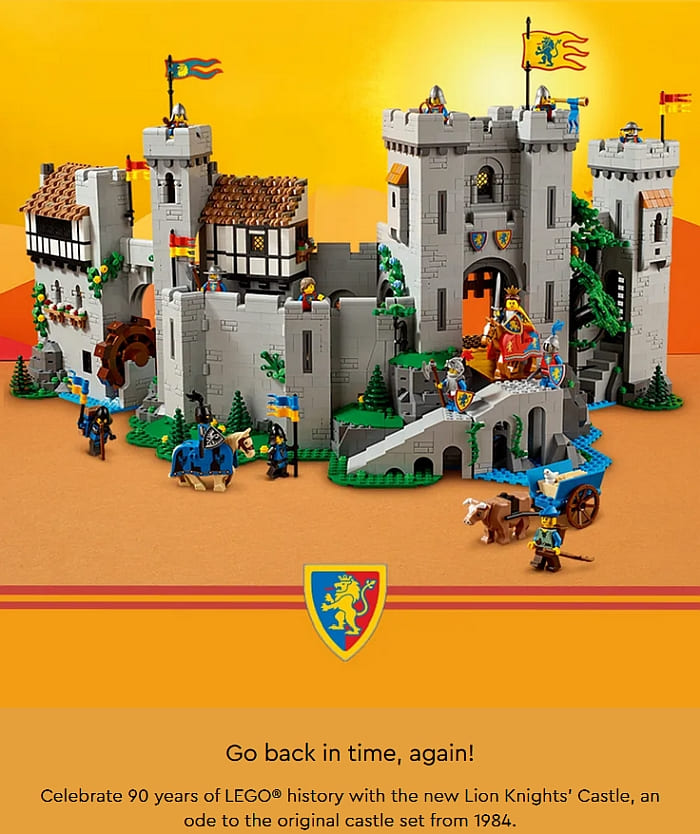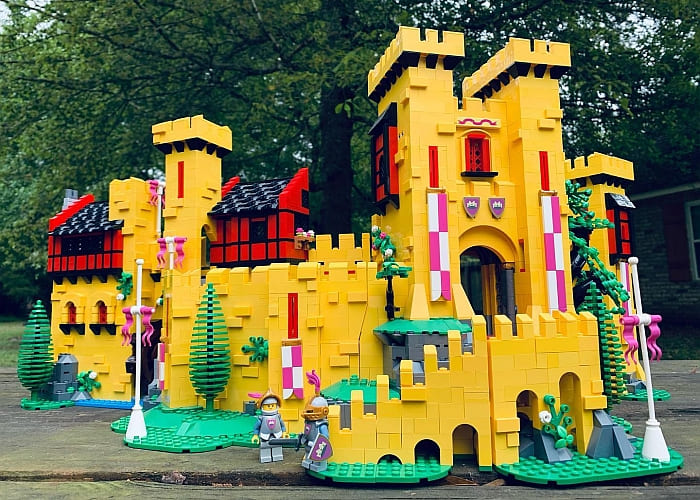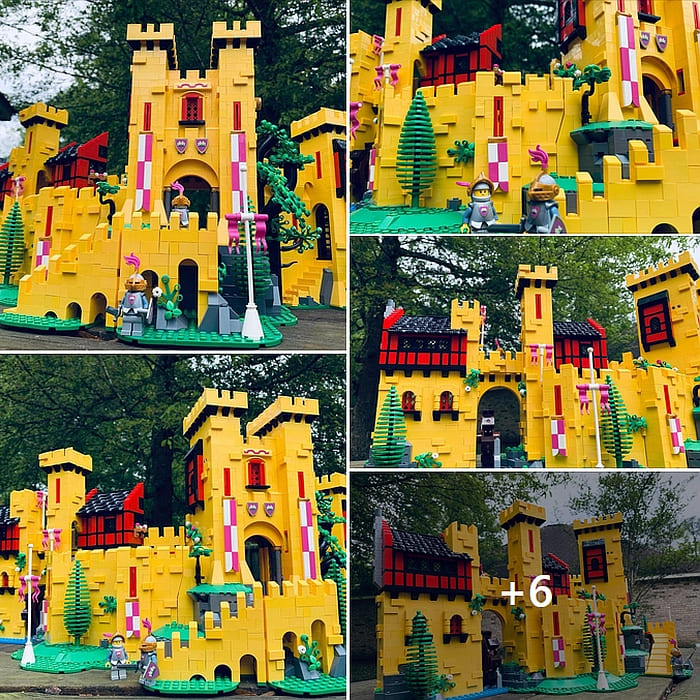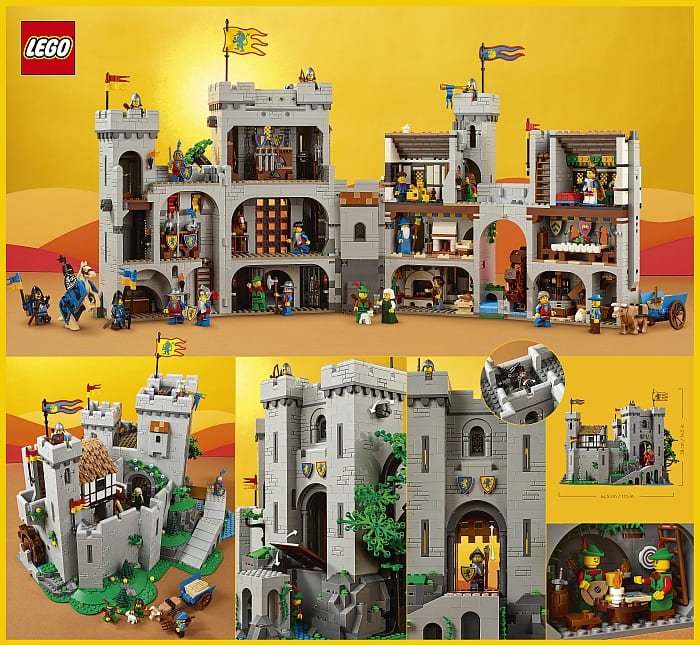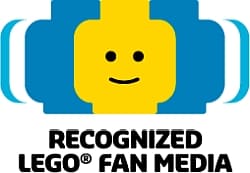The LEGO Botanical sets in the LEGO Icons collection for adult builders have become popular with long-time LEGO fans and they brought new fans to the hobby as well. The first three sets featuring a flower bouquet (#10280) a bonsai tree (#10281) and a bird of paradise (#10289) were released in 2021, followed by a succulents arrangement (#10309) and a potted orchid (#10311) in 2022, and a wildflower bouquet (#10313) and dried flower centerpiece (#10314) this year.

There are also several additional smaller sets with flowers in the LEGO Creator line that can be combined with the larger LEGO Botanical sets. These smaller sets include roses (#40460), tulips (#40461), sunflowers (#40524), and daffodils (#40646).

A couple of weeks ago, LEGO posted the designer-video for the #10314 LEGO Dried Flower Centerpiece with LEGO Designer Chris McVeigh. Chris highlights some of the special features of the set, and also demonstrates how two or even three copies of the set can be combined together for a much larger floral arrangement. Take a look below.
In another recently posted video, LEGO Designers Milan Madge and Annemette Baaskjær share details behind each of the flowers composing the #10313 LEGO Wildflower Bouquet, the design process to capture their individual beauty, and how the set can be combined with other flowers in the LEGO Botanical Collection to create unique arrangements.
While many LEGO fans enjoy the beauty of the LEGO flowers and focus on making pretty arrangements, others enjoy the unique ways LEGO pieces are used to make the flowers, leaves and stems, and all the recolored pieces. If you would like to take a look at the currently available sets in the LEGO Botanical collection, visit the LEGO Icons section of the Online LEGO Shop.

What do you think? Do you have any of LEGO Botanical sets? How do you like them? Feel free to share your thoughts and discuss in the comment section below!
And you might also like to check out the following related posts:


